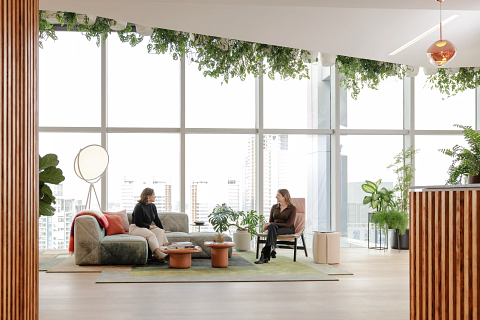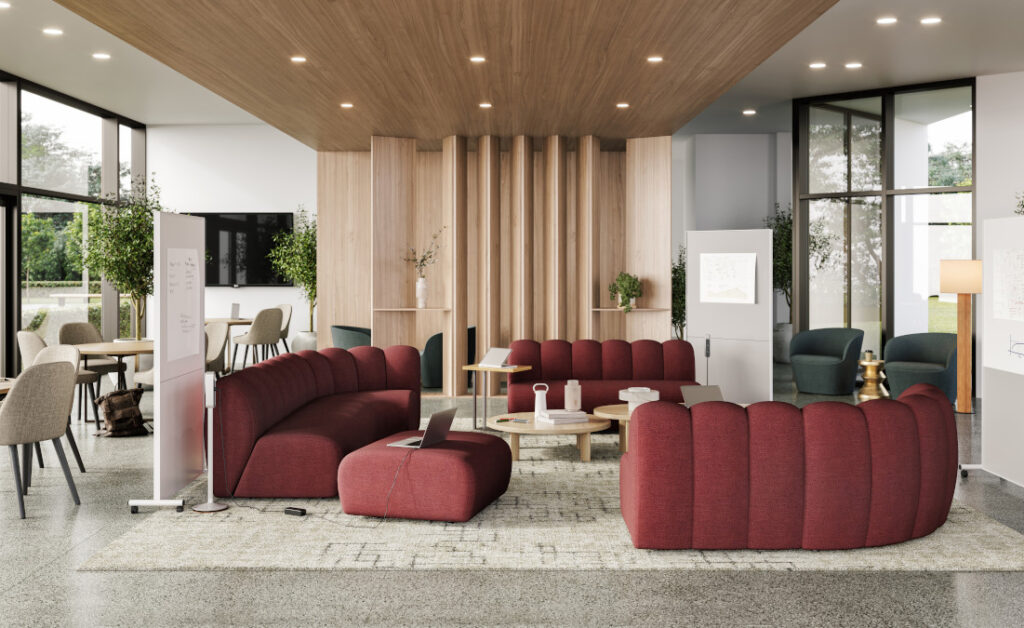Employee burnout is a state of emotional, physical, and mental exhaustion caused by prolonged or excessive stress. It’s characterized by feelings of cynicism, detachment, and reduced performance. When employees are burned out, it negatively impacts productivity, job satisfaction, and overall company morale.
Causes of Employee Burnout
- Overwhelming workload: Excessive tasks or unrealistic deadlines.
- Lack of control: Employees feel like they have little autonomy in where they work and how they work.
- Inadequate reward: Feeling undervalued or underappreciated.
- Lack of support: Insufficient resources or a negative work environment.
- Work-life imbalance: Difficulty separating work from personal life.
Preventing Employee Burnout
To combat burnout, businesses should prioritize employee well-being and implement strategies to create a healthier work environment.
How Cultural Changes Can Reduce Employee Burnout:
- Recognizing and rewarding employees for a job well done.
- Promote time off, flexible work arrangements, and boundaries around disconnecting.
- Employee development and trainings help employees grow and feel like they are improving in their roles.
- Open communication with employees helps them feel heard and valued. Be willing to ask for their feedback on decisions.
- Update job descriptions when necessary and ensure employees have manageable workloads. Set realistic expectations.
How Physical Space Can Reduce Employee Burnout
The physical workspace plays a crucial role in employee well-being and can significantly impact burnout levels. Here are some ways to design a space that promotes employee health and happiness:
- Natural Light: Improve your employee’s exposure to natural light as much as possible. This improves mood, focus, and overall well-being by linking them with natural circadian rhythms.
- Biophilic Design: Incorporate elements of nature, like plants and natural materials in your workplace to reduce stress and improve air quality.
- Ergonomic Furniture: Provide ergonomic chairs, height adjustable desks, and other furniture to help prevent physical discomfort and reduce fatigue.
- Acoustics: Minimizing noise distractions with sound-absorbing materials can improve concentration and reduce stress. Providing focus rooms that are private and quiet is another great way to reduce stress while increasing productivity.

Fostering Collaboration and Social Interaction
- Flexible Spaces: Offering various workspaces, such as open areas, private offices, and collaboration zones, allows employees to choose the environment that best suits their task.
- Breakout Areas: Providing designated areas for relaxation, socializing, and informal meetings can help employees recharge and connect.
- Kitchen and Cafeteria: A well-equipped kitchen and cafeteria encourage social interaction and provide a space for employees to take breaks. Make this space work at maximum capacity by transforming it into a Work Cafe.

Prioritizing Employee Well-being
- Quiet Rooms: Creating quiet spaces for focused work or relaxation can help employees recharge and reduce stress.
- Wellness Facilities: Offering amenities like gyms, meditation rooms, or shower facilities can promote physical and mental well-being.
- Outdoor Spaces: Providing access to outdoor areas, such as balconies or patios, can improve mood and reduce stress. See our outdoor thought starters here.
By investing in a well-designed and employee-centric workspace, businesses can create an environment that supports employee well-being and reduces the risk of burnout. While space can play a huge role in shaping the culture of an organization, taking steps to empower employees in their work is also tremendously important. Start with building a strong relationship with your employees, then create an environment that supports them.
Receive our Newsletter
To receive our newsletter, including new editions of spaces and other digital content, fill out the form:



